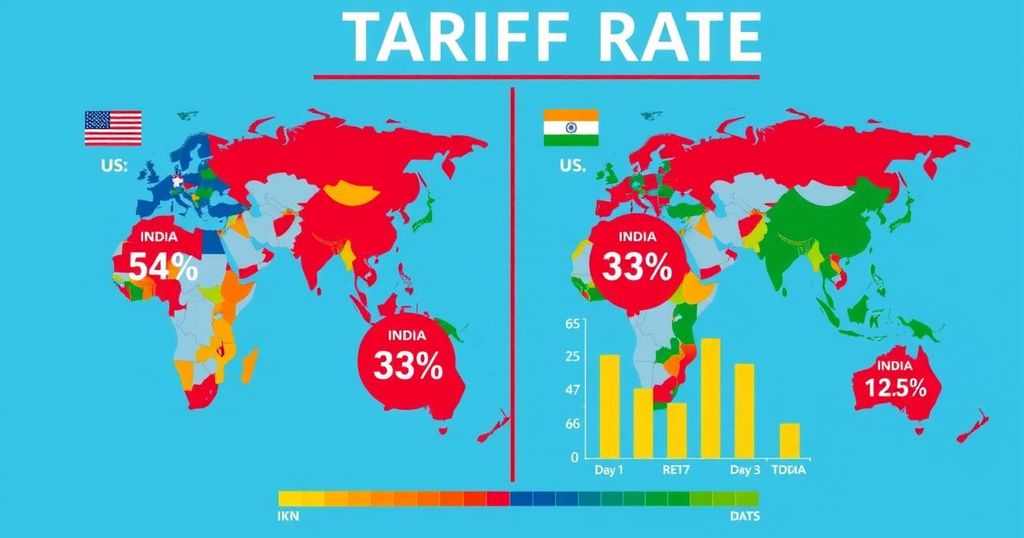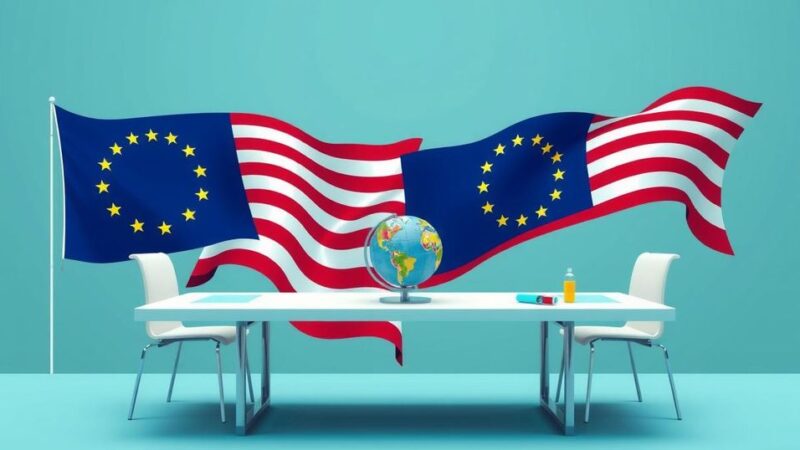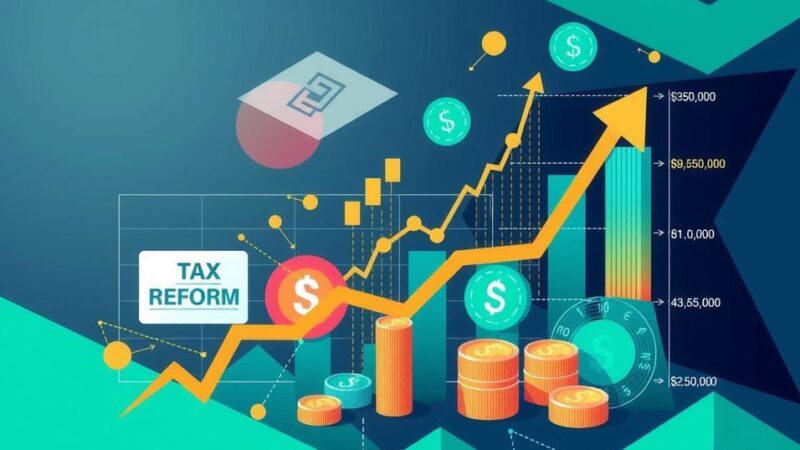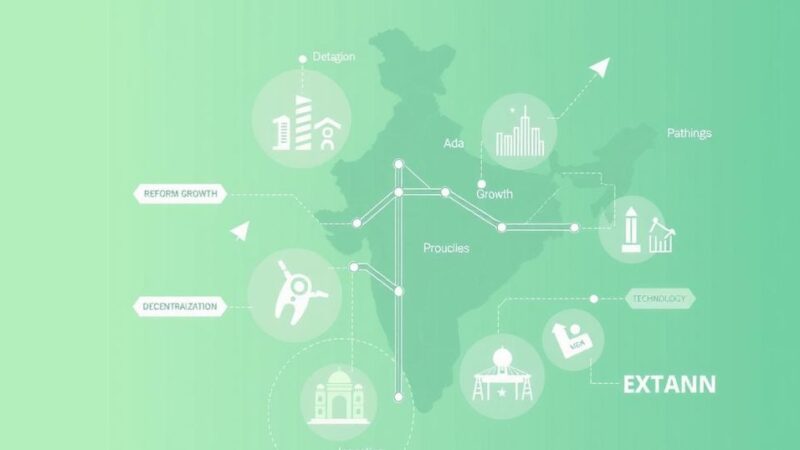The White House criticized India’s testing protocols and tariffs, suggesting their removal could raise US exports by $5.3 billion annually. Trump’s executive order addresses these tariffs, highlighting significant disparities between the US and India. He announced reciprocal tariffs, intending to create fairer trade conditions and stimulate US industry growth.
The White House criticized India for implementing extensive testing protocols that increase costs for US companies looking to sell products in India. They estimate that eliminating these barriers could potentially boost US exports by at least $5.3 billion annually.
In a new executive order, President Trump addressed India’s tariffs on US goods, signing the order “Regulating Imports with a Reciprocal Tariff to Rectify Trade Practices that Contribute to Large and Persistent Annual United States Goods Trade Deficits.” He referred to April 2, 2025, as the day of America’s industrial rejuvenation.
The executive order emphasized the significant tariff discrepancies, stating that while the World Trade Organization (WTO) members agreed to bind their tariff rates on a most-favored-nation (MFN) basis, many countries, including India, maintain much higher tariff rates than the United States, which holds a low average MFN tariff of 3.3%.
For example, the US tariff on passenger vehicles is 2.5% compared to India’s 70% and China’s 15%. Tariffs on network switches are 0% in the US, but India levies a 10% tariff. The significant differences extend to products like ethanol, where the US charge is only 2.5%, while Brazil and Indonesia impose much higher rates.
Upon announcing the new tariffs, Trump showcased a chart revealing that India has an overall tariff of 52% on US products, emphasizing that the US will now apply a reciprocal tariff of 26%. He described India’s trade practices as “very, very tough,” highlighting the imbalance in trade where the US has charged minimal tariffs for years compared to India’s higher rates.
The recent executive order marks a significant step in addressing perceived imbalances in US-India trade, particularly regarding high Indian tariffs and testing regulations. By imposing reciprocal tariffs, the US aims to encourage fairer trade practices and potentially increase its exports, harkening back to the administration’s focus on economic renewal. The discrepancies in tariffs between the US and countries like India illustrate the complexities of international trade negotiations.
Original Source: m.economictimes.com






